Preservation of wild bees
Six different types of bumblebees have been made from recycled bottle glass using a combination of fused recycled glass, enamelled mild steel and wiring.
The recycled glass bumblebees originated as a results from the Networking project ‘Cross -pollination - Revaluing Pollinators through Arts and Science Collaboration’ funded by Arts and Humanities Research Council.
The networking project was led by Prof Andrea Liggins at University of Wales Trinity Saint David (UWTSD) and Prof Mike Christie from Aberystwyth University in partnership with National Botanic Garden of Wales.

Red-tailed cuckoo bumblebee, male, Bombus Rupestris

Common carder bee, female, Bombus pascuorum

Common carder bee, female, Bombus pascuorum

Gypsy cuckoo bumblebee, female, Bombus Bohemicus

Gypsy cuckoo bumblebee, female, Bombus bohemicus
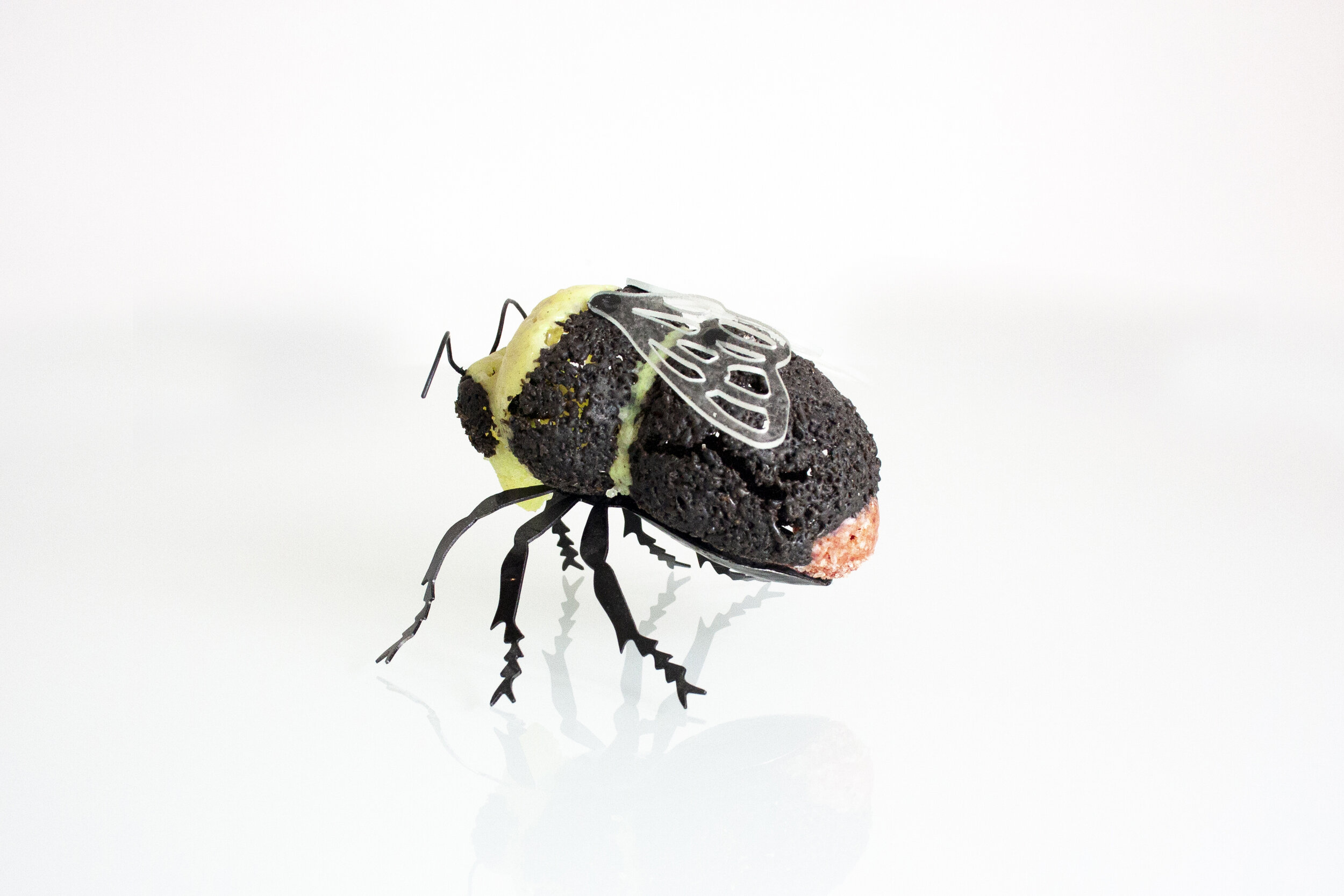
Red-tailed bumblebee, male, Bumbus Lapidarius
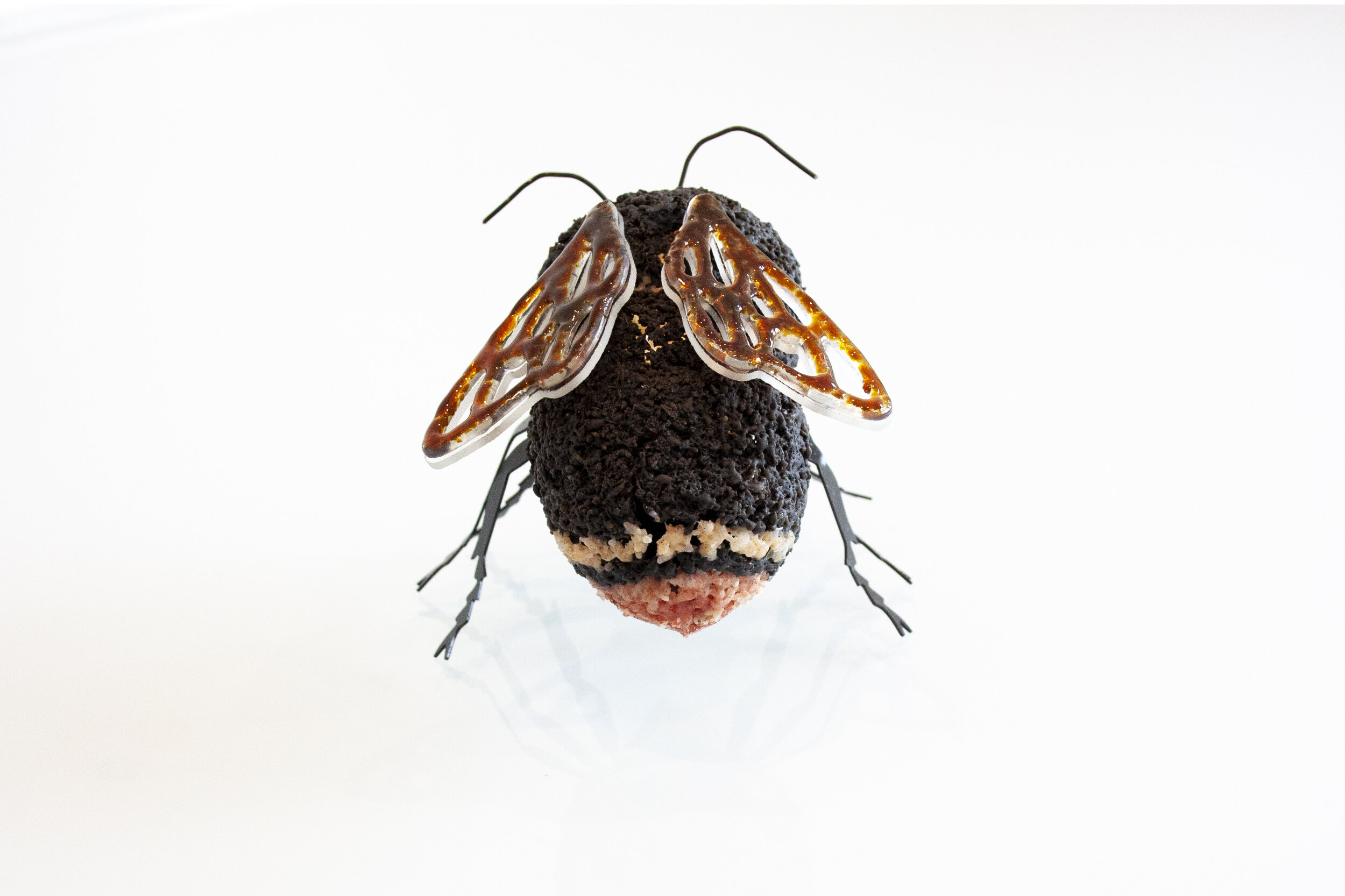
Red-tailed cuckoo bumblebee, male, Bombus rupestris
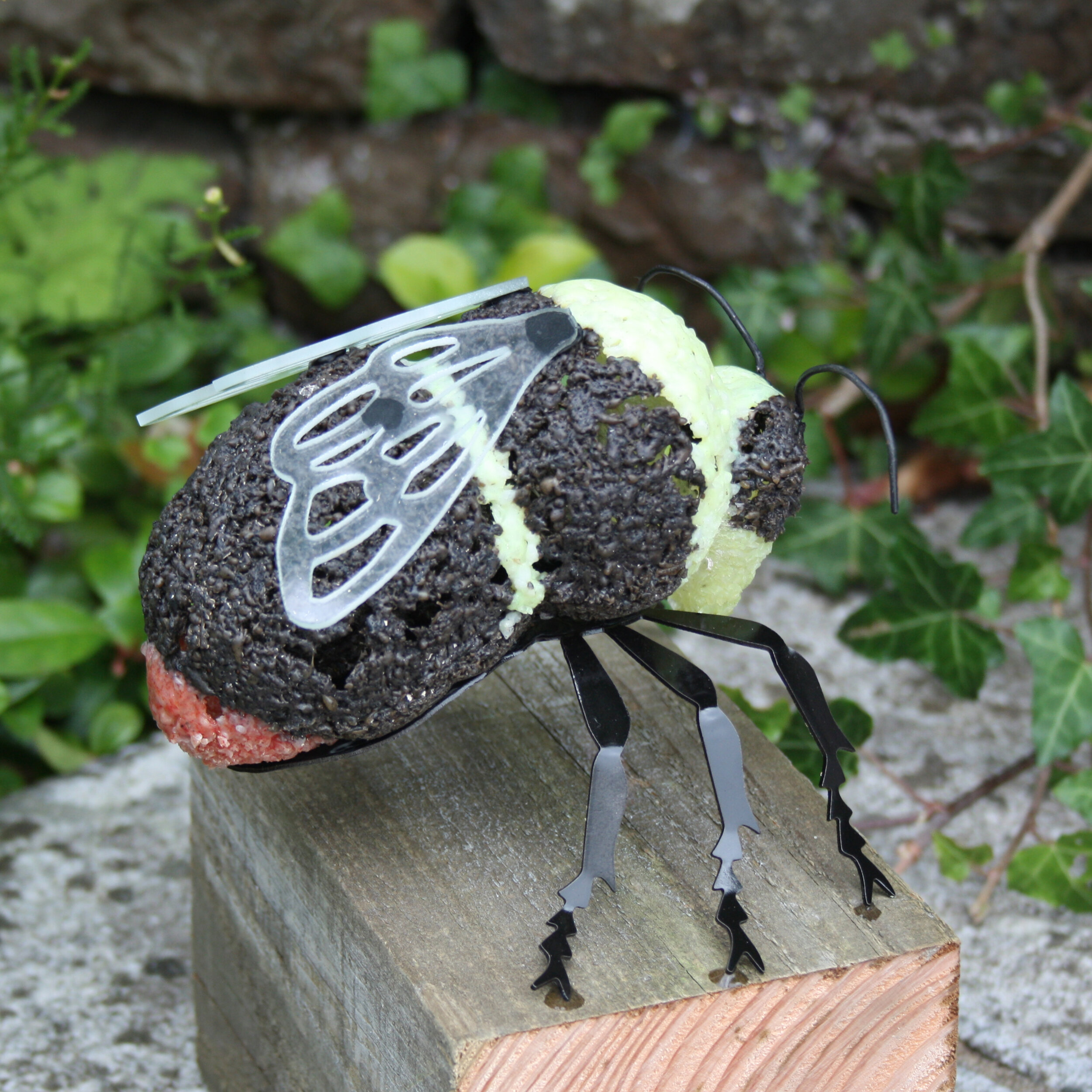
Red-tailed bumblebee, male, Bumbus Lapidarius

Red-tailed cuckoo bumblebee, male, Bombus rupestris

Tree bumblebee, female, Bombus hypnorum
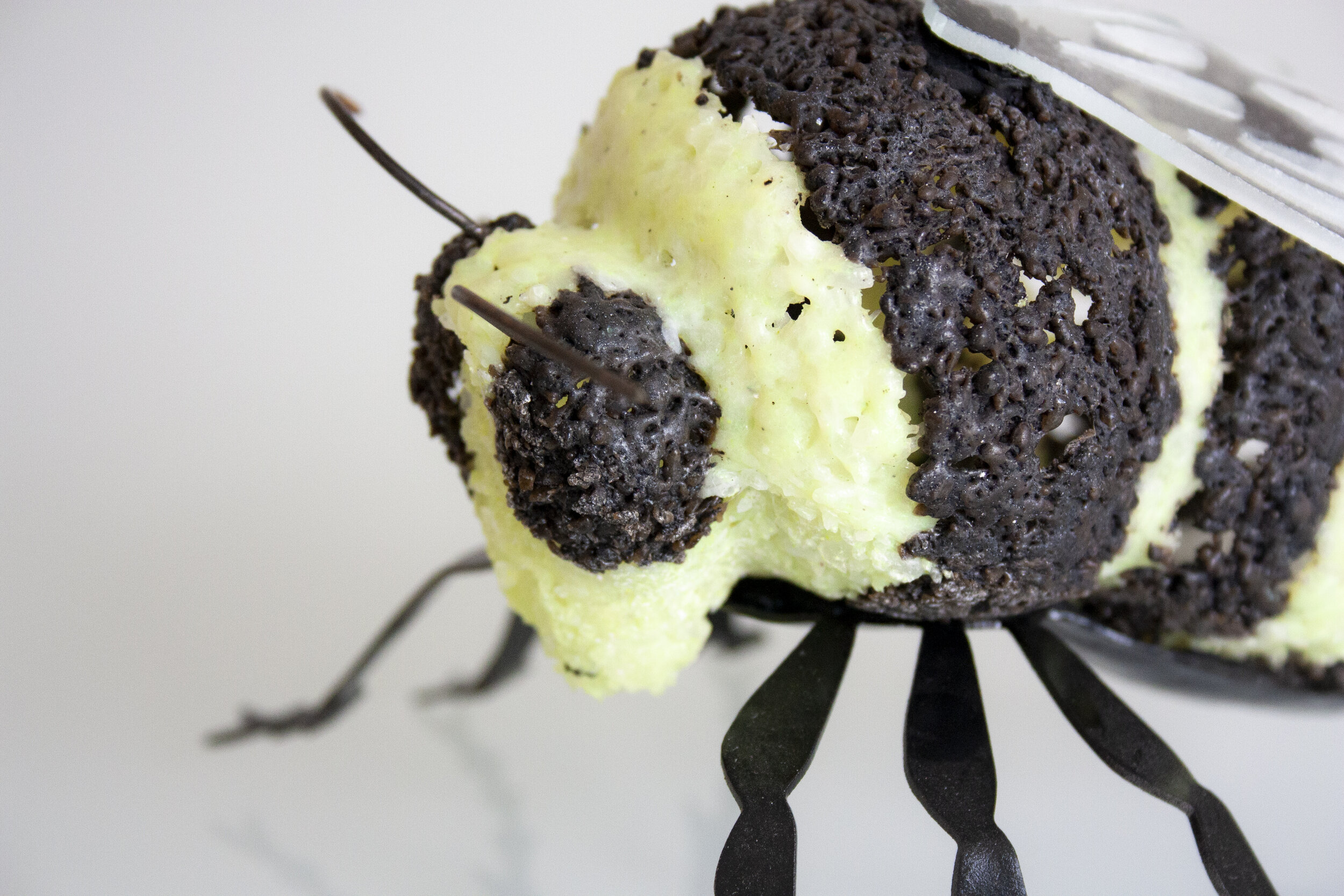
White- tailed bumblebee, male, Bombus lucorum

White-tailed bumblebee, male, Bombus lucorum
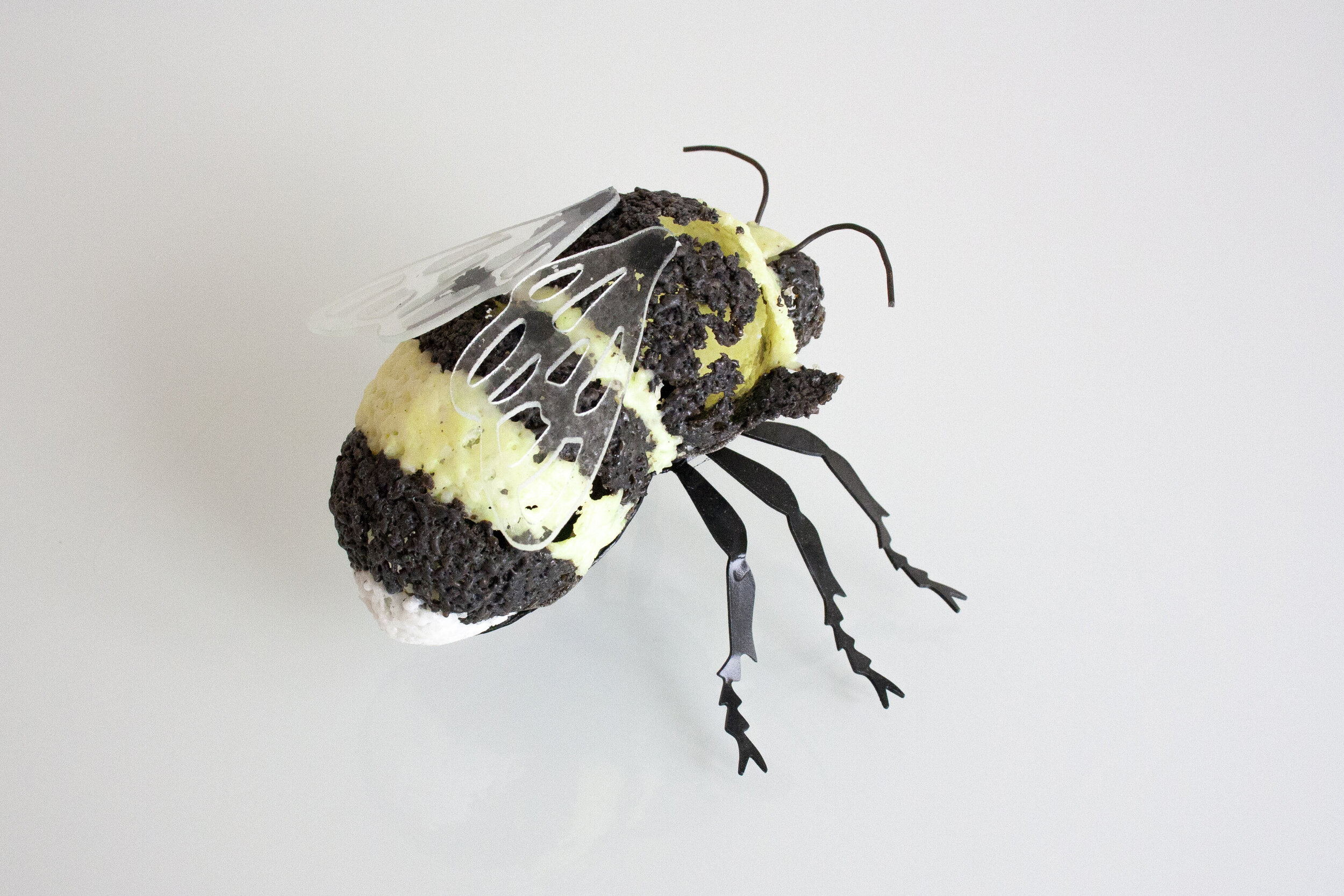
White- tailed bumblebee, male, Bombus lucorum
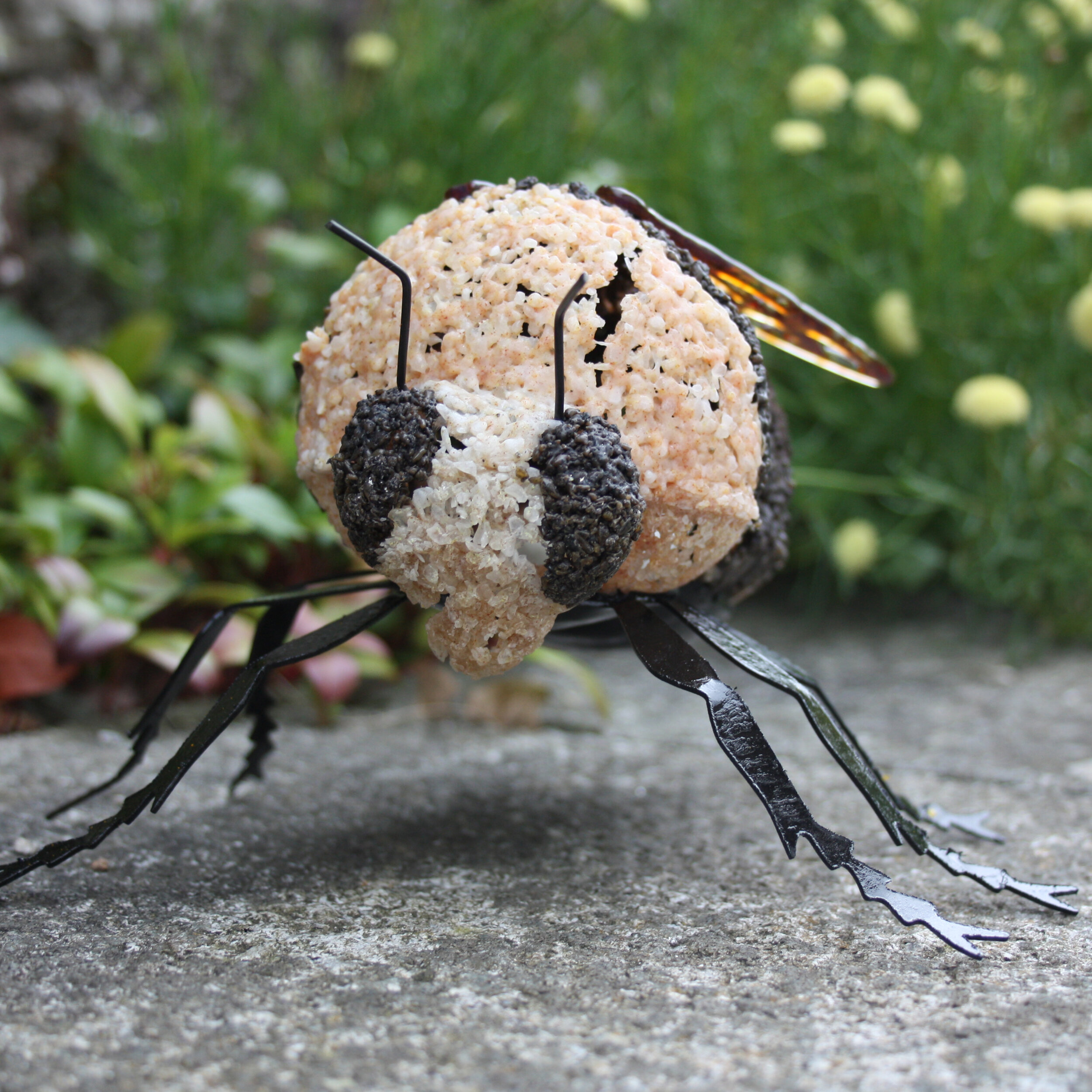
Gypsy cuckoo bumblebee, female, Bombus bohemicus
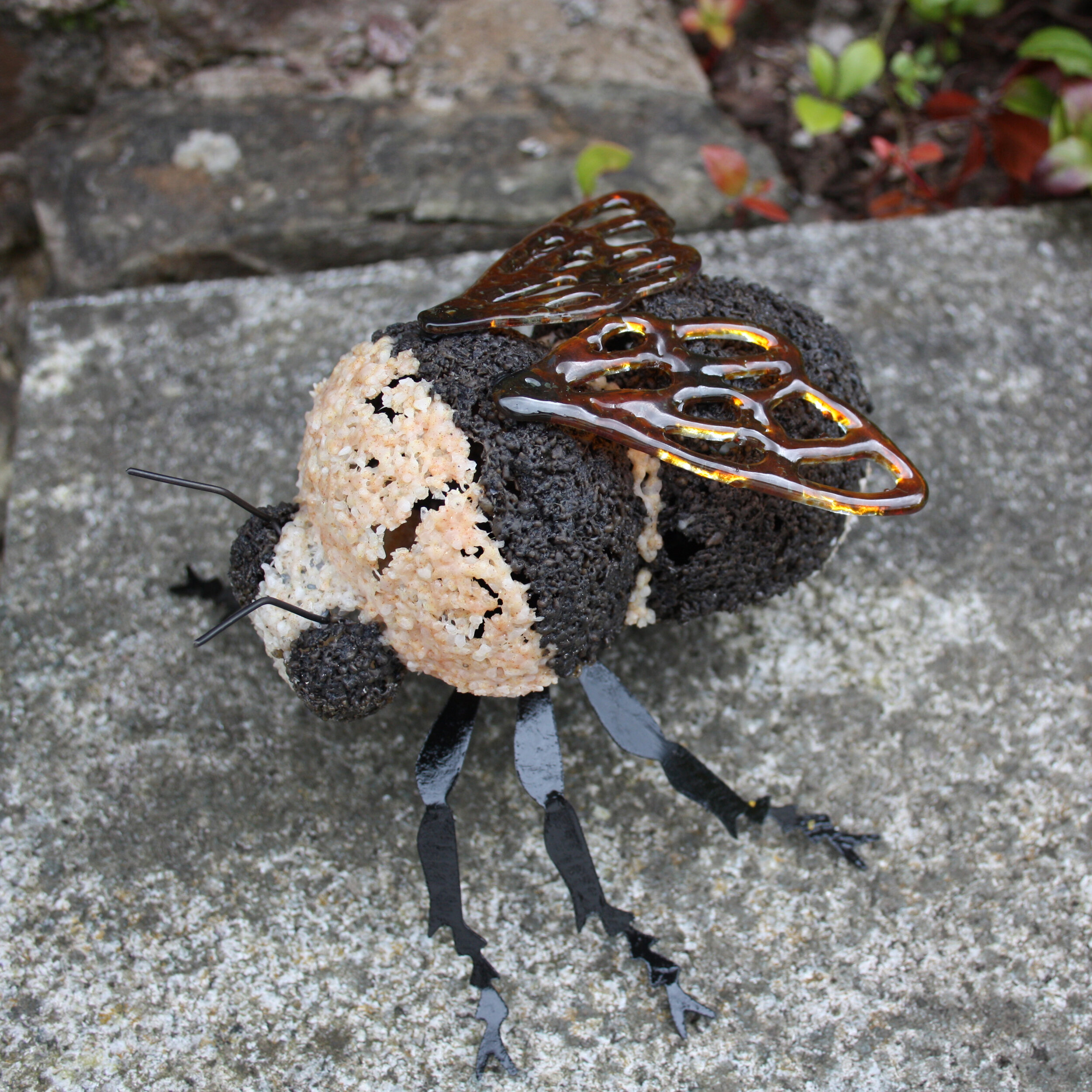
Gypsy cuckoo bumblebee, female, Bombus bohemicus
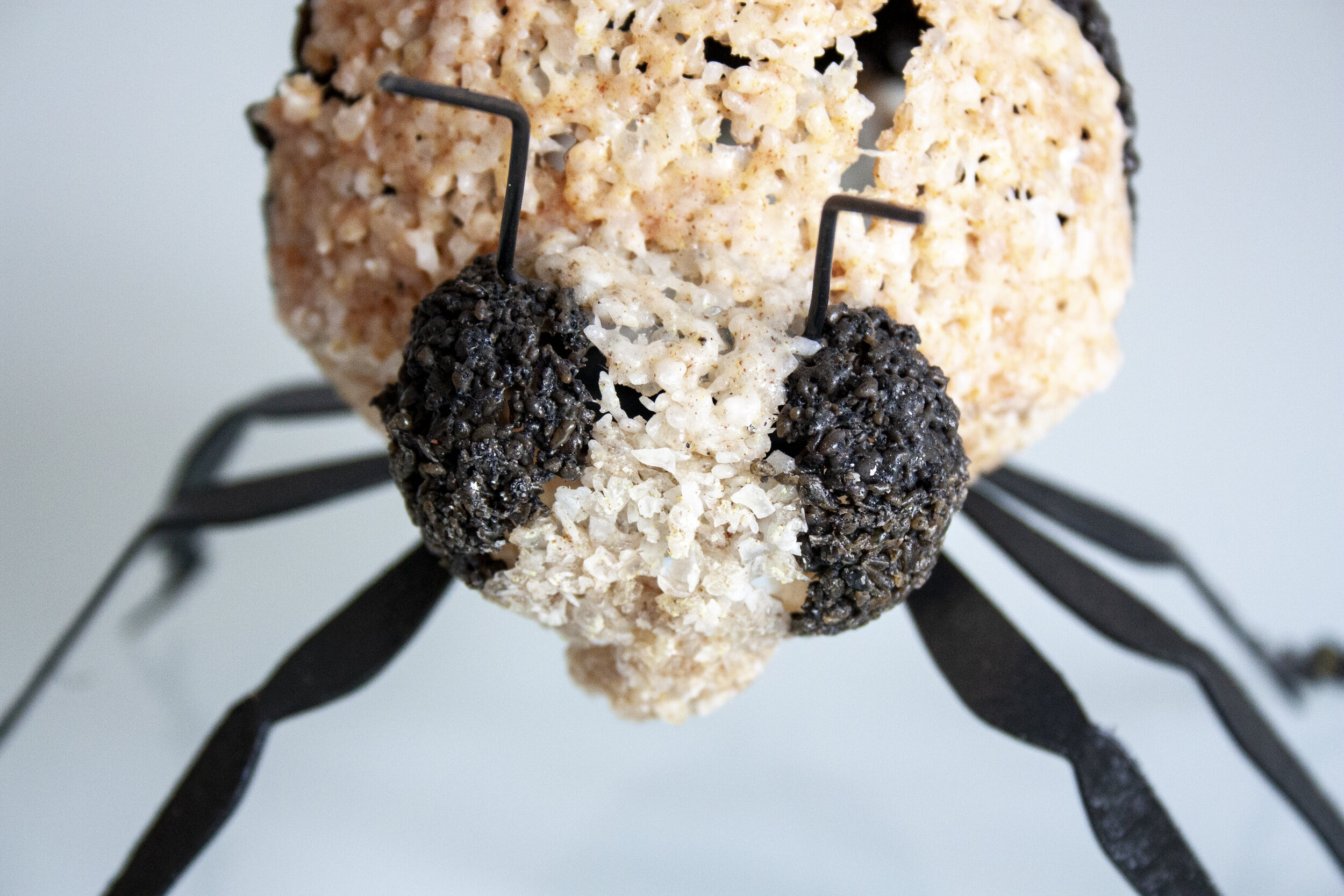
Gypsy cuckoo bumblebee, female, Bombus Bohemicus

Red-tailed bumblebee, male, Bumbus Lapidarius

Red-tailed bumblebee, male, Bumbus Lapidarius
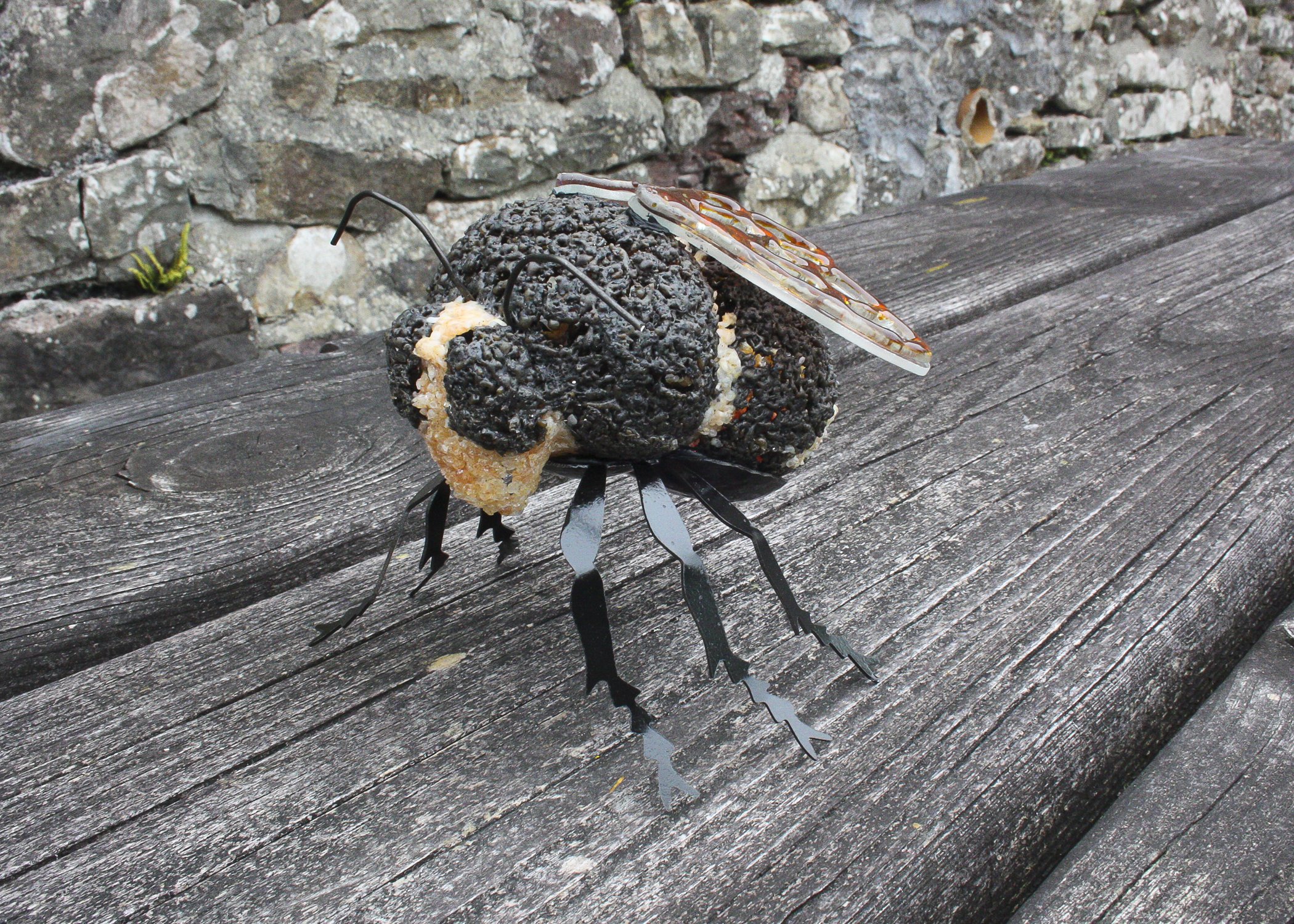
Red-tailed cuckoo bumblebee, male, Bombus Rupestris

Tree bumblebee, female, Bombus hypnorum
The bumblebee has been exhibited at
The National Botanic Garden, Wales (June-Sept 2017),
Dr Beynon’s Bug Farm in Pembrokeshire (Sept 2017-Dec 2018)
Mann Gallery, Albert R. Mann Library, Cornell University, Ithaca, New York (April -sept 2019)
National Waterfront Museum, ”Innovate” , Swansea, Wales (Oct 2019-Apr 2020)
This particular project is a collaboration between Dr Tyra Oseng-Rees and supporting artist Carly Wilshere-Butler from Swansea College of Art at UWTSD, scientist Dr Peter Graystock from Department of Entomology University of California, and Sinead Lynch from Bumblebees Conservation Trust.
“Working with Tyra has been a great experience, from seeing her become inspired by the nature and diversity of wild bees, to then seeing that inspiration being creatively channelled into these remarkable sculptures from recycled glass. Tyra has been invaluable in helping me understand people’s perception and how a small amount of inspiration can completely change both perception and enthusiasm for a topic. “
Dr Peter Graystock
Research Fellow
Imperial College London
“… Tyra's Recycled Glass Bees were showcased at Dr Beynon's Bug Farm, St Davids. As a visitor attraction dedicated to invertebrates, they fitted in perfectly.... People were often drawn to them, fascinated by their tactile surfaces. They were most definitely appreciated as an art form but, perhaps, most interesting was the engagement. When prompted, visitors had great fun identifying the bees to species by using the identification guide beside them...”
Sarah Sharpe
Manager
Dr Beynon's Bug Farm
Background for the project:
The project aimed to bring Art and Science together, producing creative art projects that explore and promote the crisis facing pollinators and to influence policy decision making. The focus of the wild bees project was to distinguish the variations between the twenty-six bumblebees native to UK. During early discussions it became apparent that it was important to explore, in a positive approach, the fragility of these amazing creatures and demonstrate the variety that exist among the bumblebees.
The bees are illustrating the variations of the bumblebees, and the identification markers are amongst size, colour of the banding, shapes of the antenna, pollen baskets and darker colours of the wings for solitary and cuckoo bees. Colour banding of the head, thorax (upper body) and abdomen (lower body) and tail (bottom of abdomen) is one of the features to distinguish between the variety of bumblebees. Long curved antenna belongs to males, whilst short elbow shaped antenna belongs to females. There are also some bumblebees that live a solitary life and not in a hive or a nest. These are called solitary bees or cuckoo bees, and they do as the cuckoo bird does, lays egg in other bees’ nests. They have colour and behavior that act like the social bees but can be distinguished by a darker shade on their wings and sometimes duller colours on their banding. The last disguisable sign you can look for are the pollen baskets on their hind legs. These bees are workers, live in a nest, are females and collect pollen to feed their Queen. These are called ‘social bees and is distinguished by a lump of pollen stuck at their back legs also called pollen basket. If you look carefully at the bees, you can see what colour flowers they have been foraging on. You can even see blue pollen baskets.
Dr Graystock currently focuses on how parasite transmission influences bee health, and Sinead Lynch is working to advise and support a citizen-science recording scheme and working with landowners to provide more habitat for bumblebees. As novice into the scientific challenges of preservation of bumblebees both artists have worked closely with the conservationists and scientists to develop a new approach to show the fragility of the wild bees.
Bees are responsible for most of the foods we eat, and play invaluable roles maintaining wild habitats. Alarmingly, Intensive farming, habitat destruction, and global climate change have contributed to widespread declines of these essential pollinators. There’s evidence to suggest that the ways in which pollinators are perceived and valued has a significant impact on their conservation.
One important misperception identified, was that there are few types of bee in the UK – there are 250 species! The topic for the wild bees project has therefore been to distinguish the variations between the twenty-six, bumblebees that live in UK. During discussions amongst the scientists, conservationists and artists it became apparent that it was important to explore, in a positive approach, the fragility of these amazing creatures and demonstrate to members of the public, the variety on their doorstep.
